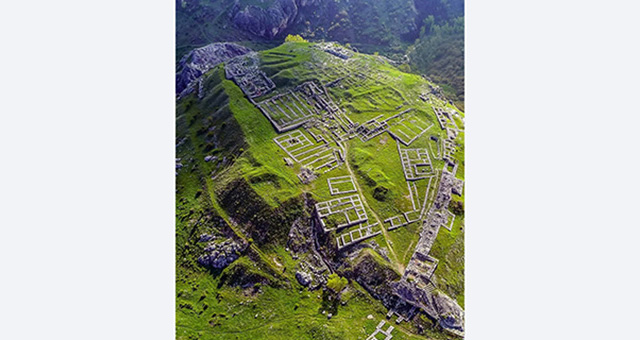Hattusa: The Forgotten Capital 2,000 Years Older Than Machu Picchu
Machu Picchu in Peru is one of the world’s most treasured UNESCO heritage sites. But did you know that in the mountainous valleys of present-day Türkiye lies an ancient city nearly 2,000 years older than Machu Picchu? That city is Hattusa.
Founded around 1600 BCE, Hattusa served as the capital of the Hittite Empire. Located in modern-day Boğazkale, Türkiye, this Bronze Age city is a stunning example of ancient architecture. The city was surrounded by a massive 6-kilometer-long defensive wall and features impressive structures like the Lion Gate and Sphinx Gate, both designed with tactical brilliance.
Urban Planning and Religious Center
Hattusa was divided into two main sections: the Lower City and the Upper City.
The Lower City housed the Great Temple, the primary venue for religious rituals. The Upper City, meanwhile, featured a complex network of temples, royal buildings, and fortresses. These structures reflect the Hittites’ advanced administrative and religious organization.
The World’s First Peace Treaty
One of the most significant archaeological discoveries in Hattusa is the collection of thousands of cuneiform tablets preserved in its archives. These tablets reveal insights into the Hittite world of politics, religion, literature, and diplomacy. The most notable among them is the Treaty of Kadesh—the world’s earliest known peace treaty—signed between the Hittites and the Egyptians after the famous Battle of Kadesh.
Hattusa Today
In 2008, Hattusa was recognized as a UNESCO World Heritage Site. For history enthusiasts and lovers of ancient civilizations, Hattusa offers a unique and enriching experience.
More than just ruins, Hattusa is a living chronicle of human advancement. It stands as a testament to how early societies organized themselves, blending religion and politics into a powerful system of governance. Few places offer such a vivid window into the ancient world.
Sources:
UNESCO World Heritage Centre
Boğazkale Museum Archives
Hittite Cuneiform Tablet Collections (Berlin Museum)

